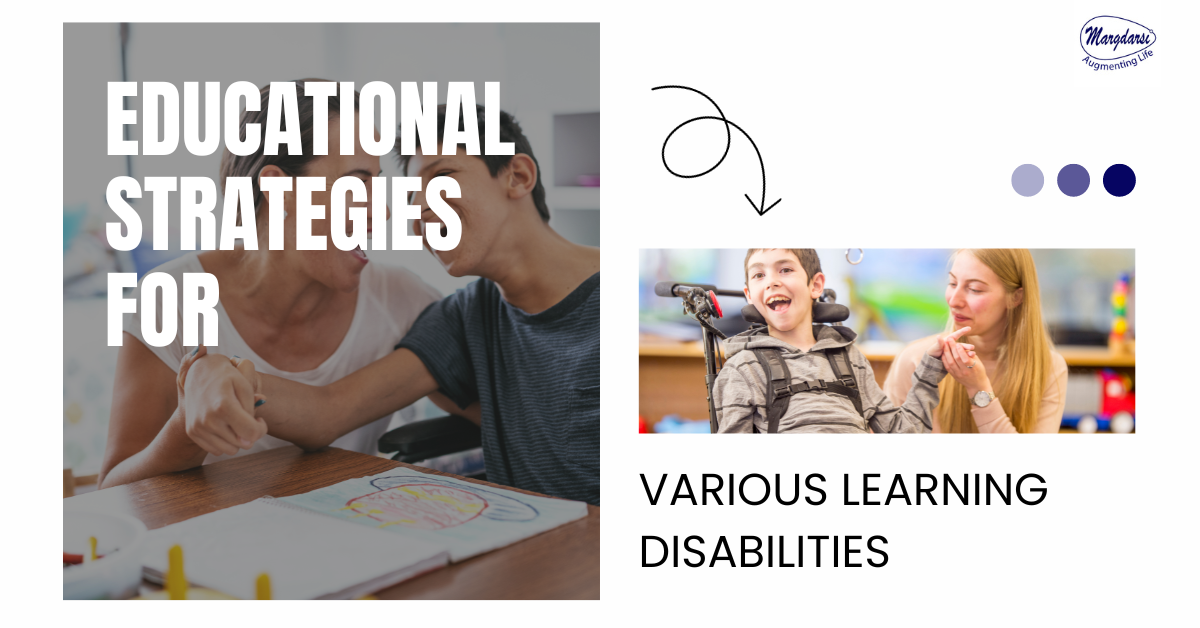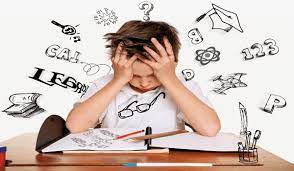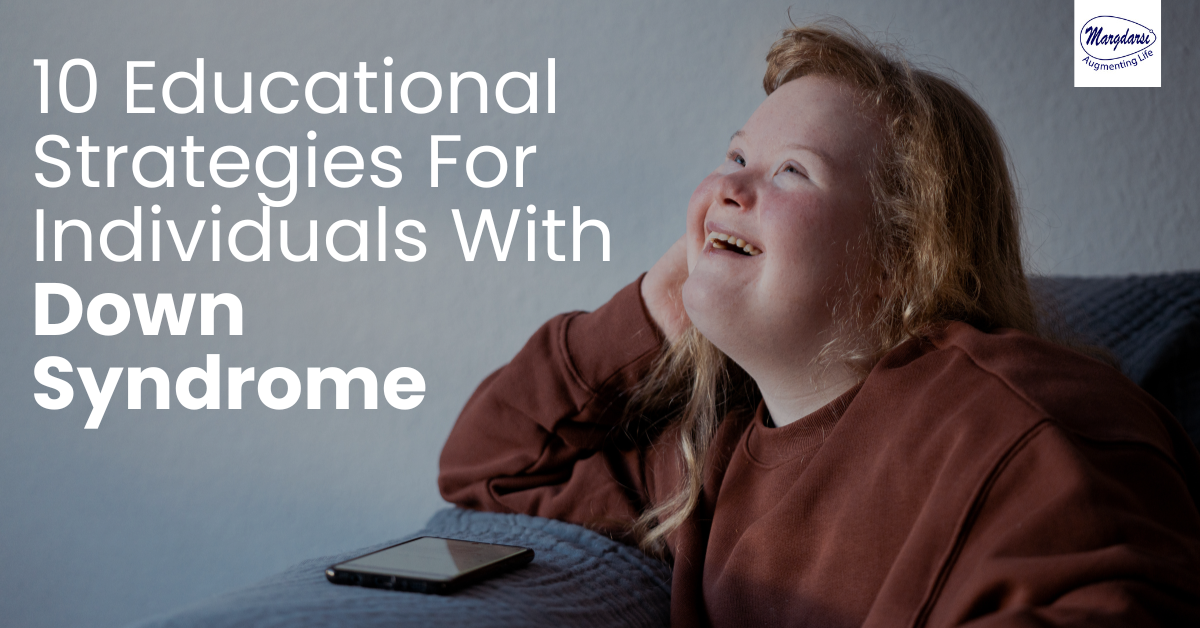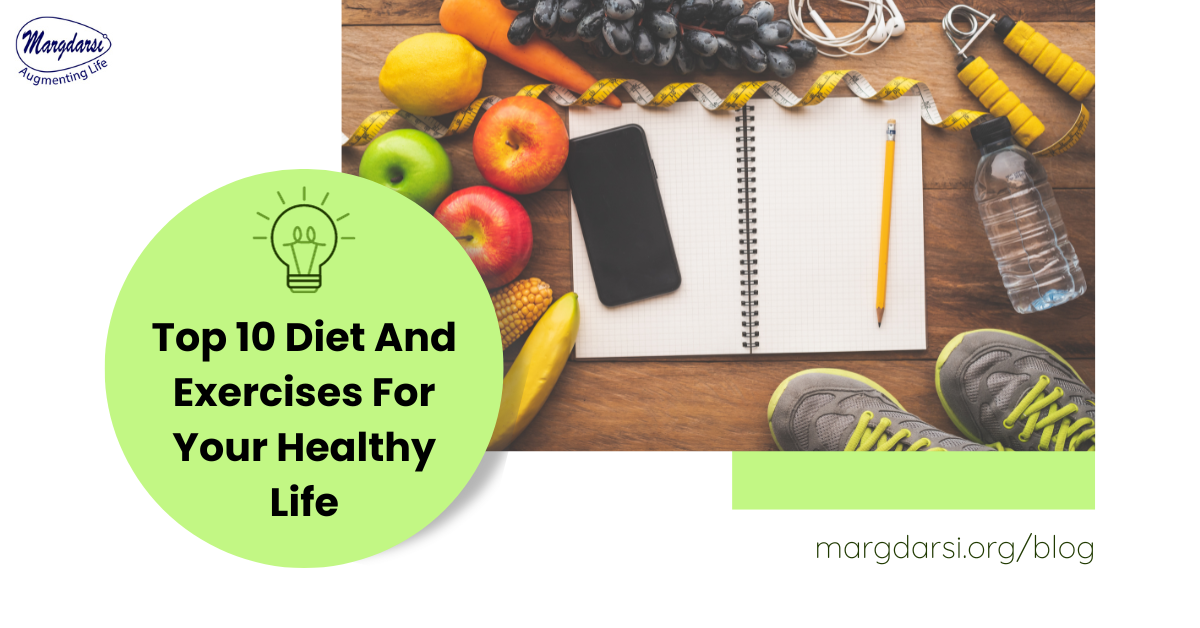
Educational Strategies For Various Learning Disabilities
admin
- 0
In the dynamic world of education, understanding and catering to diverse learning needs is crucial. Let’s delve into effective educational strategies for different learning disabilities.
Recognizing and addressing these challenges head-on not only enhances the learning experience but also fosters a supportive and inclusive environment.

Top 10 Educational Strategies For Various Learning Disabilities
1. Understanding Learning Disabilities
Learning disabilities are unique challenges that affect the way individuals process information.
These can include difficulties with reading, writing, math, or even organizational skills.
Recognizing the specific nature of each learning disability is the first step toward creating tailored educational strategies.
2. Customized Instructional Approaches
Adopting a one-size-fits-all approach doesn’t work when it comes to learning disabilities. Tailoring instructional methods to match individual needs is key.
For example, visual aids, hands-on activities, and interactive learning can significantly benefit students with different learning disabilities.
3. Incorporating Multisensory Techniques
Engaging multiple senses in the learning process is a powerful tool. For instance, combining visual, auditory, and tactile elements helps reinforce concepts and makes learning more accessible for students with diverse learning needs.
4. Providing Clear Instructions and Expectations
Clarity is paramount. Offering explicit instructions and setting clear expectations assist students in understanding tasks and assignments. This approach aids those with processing issues or attention difficulties.
5. Encouraging Assistive Technology Use
Embracing technology can open new doors for students with learning disabilities. Educational apps, text-to-speech software, and interactive platforms cater to different learning styles and provide additional support.
Read More Blog: What are the behavioral interventions for autism?
6. Implementing Individualized Education Plans (IEPs)
IEPs are personalized roadmaps for students with learning disabilities. These plans outline specific learning goals, support services, and accommodations to ensure that each student receives the assistance they need.
7. Promoting a Positive and Inclusive Learning Environment
Fostering a supportive atmosphere is crucial. Encouraging collaboration, understanding, and empathy among students helps create an environment where everyone feels accepted and capable of succeeding.
8. Building Strong Teacher-Student Relationships
Establishing a strong connection between teachers and students is fundamental. A positive relationship encourages open communication, making it easier for teachers to identify challenges and implement effective strategies.
9. Regular Monitoring and Feedback
Continuous assessment and feedback are essential components of effective teaching. Regularly monitoring a student’s progress allows for timely adjustments to educational strategies, ensuring ongoing support.
10. Collaborating with Special Education Professionals
Collaboration is key. Working closely with special education professionals, teachers can gain valuable insights and expertise to further enhance their educational strategies for different learning disabilities.
Read More Blog: Understanding ADHD: How Behavioral Therapies Improve Attention and Focus
In conclusion, unlocking educational strategies for different learning disabilities involves a multifaceted approach.
By recognizing individual needs, tailoring instruction, and fostering an inclusive environment, we can create an educational landscape that truly supports the diverse strengths and challenges of every student.


